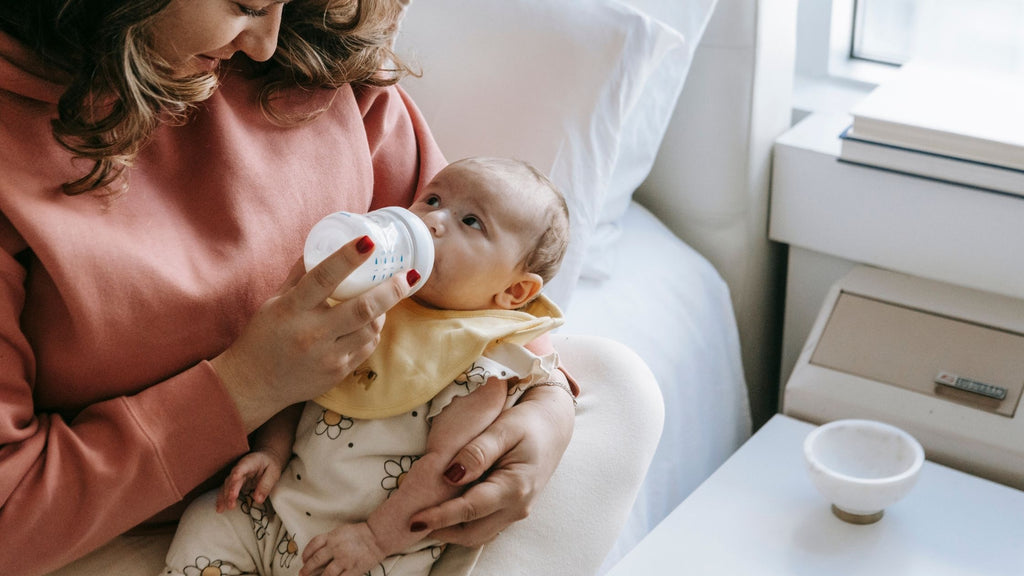Understanding Bottle Materials:

Baby bottles are typically made from various materials such as plastic, glass, and stainless steel. Each material has its own lifespan and maintenance requirements.
1. Plastic Bottles:Plastic bottles are lightweight and durable. However, they can wear out over time, especially if repeatedly sterilized in boiling water or microwaves. It’s advisable to replace plastic bottles every **2 to 4 months** or immediately if you notice any signs of wear and tear like cracks, discoloration, or change in texture.
2. Glass Bottles:Glass bottles are sturdy and do not leach chemicals into the milk, making them a safe choice. They have a longer lifespan than plastic bottles and can last up to **6 months to a year** if properly maintained. However, always check for chips or cracks, and replace them immediately if you find any.
3. Stainless Steel Bottles:Stainless steel bottles are durable, free from harmful chemicals, and have excellent heat retention properties. They can last for several years if well-maintained. Regularly check for dents, scratches, or signs of rust, and replace them if necessary.
Proper Cleaning and Maintenance:

Regardless of the material, thorough cleaning after every use is crucial. Use a bottle brush and mild soap to clean all parts, including nipples, caps, and rings. Sterilize the bottles regularly, especially for newborns, to kill harmful bacteria.
Signs it’s Time to Change the Bottle:

1. Visible Wear and Tear: Cracks, scratches, or changes in color or texture are signs that the bottle needs to be replaced immediately.
2. Nipple Condition:Check nipples for signs of wear such as stickiness, cracks, or thinning. Replace nipples every **2 to 3 months** or sooner if needed.
3. Smell and Taste: If the bottle or nipples retain a lingering smell or taste even after thorough cleaning, it’s time for a change.
4. Leaks: If the bottle leaks despite checking that all parts are correctly assembled, it might be time for a new one.
Final Thoughts:
The health and well-being of your little one depend on the choices you make. Regularly inspecting and changing your baby’s feeding bottle is a simple yet vital aspect of parenting. By staying attentive to the signs and maintaining proper hygiene, you’re ensuring your baby’s safety and comfort, allowing them to grow and thrive in the healthiest way possible. Remember, a happy, healthy baby starts with the right care from the very beginning.









